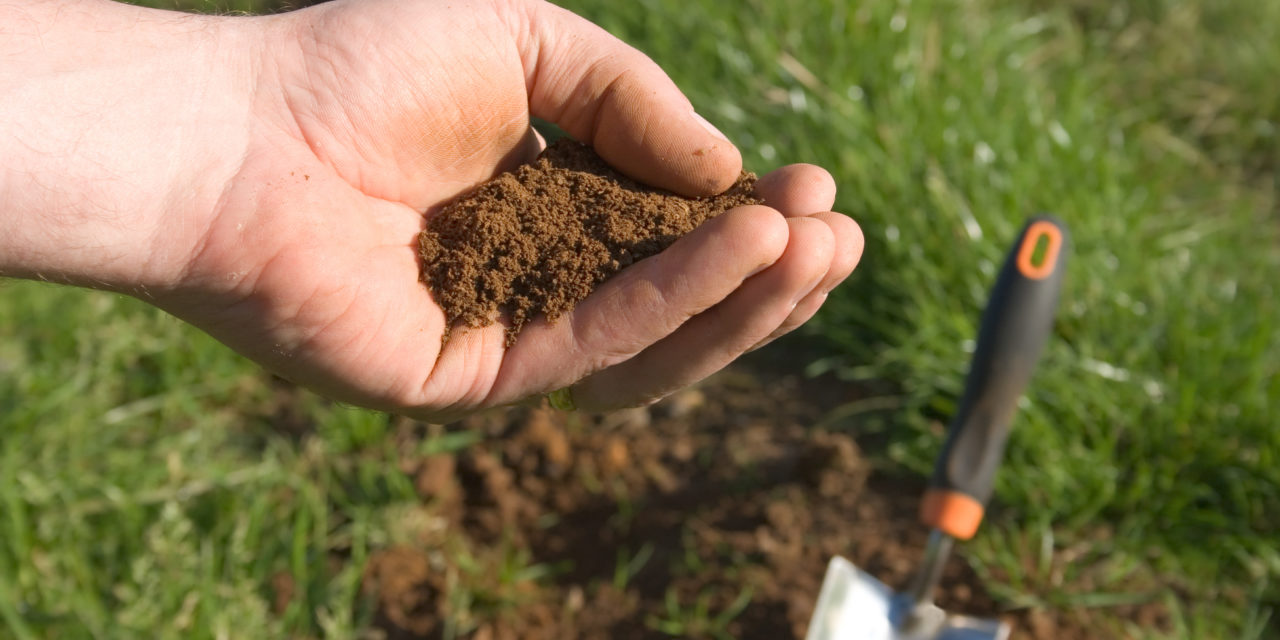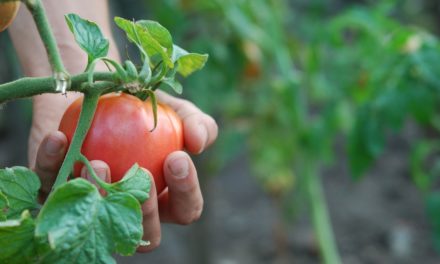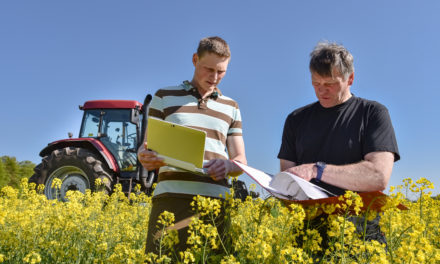How grows your garden? With silver bells and cockle shells or with the sweat of your brow and lots of heavy lifting? As I moved more towards organic gardening a common theme appeared in all the organic books I purchased. They claim that the key to successful organic gardening starts with healthy soil. How can soil be described as healthy? Good soil is filled with living breathing creatures many too small to be seen with the naked eye. Good soil supports plant growth by allowing water and air flow as well as nutrients for uptake by the plants.
The soil topic today is texture. Soil texture is the relative proportions of sand, silt or clay in a soil. Soils with the finest texture are called clay soils while soils with the coarsest texture are called sandy soils. Silt is solid, dust-like sediment that is transported by water, ice or wind. It is made up of rock and mineral particles that are larger than clay but smaller than sand.
You can do soil testing but you can learn a lot about a new garden plot just by simple rubbing a pinch of moist soil lightly between your thumb and forefinger.
Sand feels gritty and harsh and its particles will not hold together. Sand is the largest particle of soil, any bigger and it would be called gravel. Sandy or course textured soils are easy to work but a sandy soil requires constant feedings of water, organic materials and nutrients. A sandy soil is not able to hold any of these elements in place that are vital for good plant growth.
Silt feels smooth and floury between your fingers. Silt packs together with fewer air pockets than sand, which makes for slower drainage, but it holds water better than sandy soil. The main problem with silt type soil is that it tends to become light and powdery when dry and it can just blow away.
Clay soil is termed “heavy” as opposed to light sandy soil. A particle of clay is at least 1000 times finer than a grain of course sand. Clay particles pack tightly into clumps that dry into unworkable clods. When you rub clay soil between your fingers it rolls into a cylinder. Clay particles actually soak up moisture and nutrients. They swell up in the process, closing pores in the soil, compacting and preventing drainage. If you have ever tried to work clay you know what I am talking about describing it as clods.
Loam is a blend of all three soil textures. You can find formulas for percentages of each type that constitutes medium loam, but it’s all somewhat vague. The bottom line is once you have handled loam, you will not forget it as it means “good soil.” Loam is friable, which means that if you take a large clod of loam, it breaks down easily with little pressure. That’s your clue that a loam will holds moisture well and will break down organic materials so they are readily available to plant roots. You can grow almost anything is a medium loam, as long as the pH is in balance, but that’s another topic down the road.
I want to be through and write on gardening in small sections so you can glean the information that has taken me a lifetime to gather. If you have any questions or comments, feel free to post them! Hope this was helpful! Be blessed! Anne May






